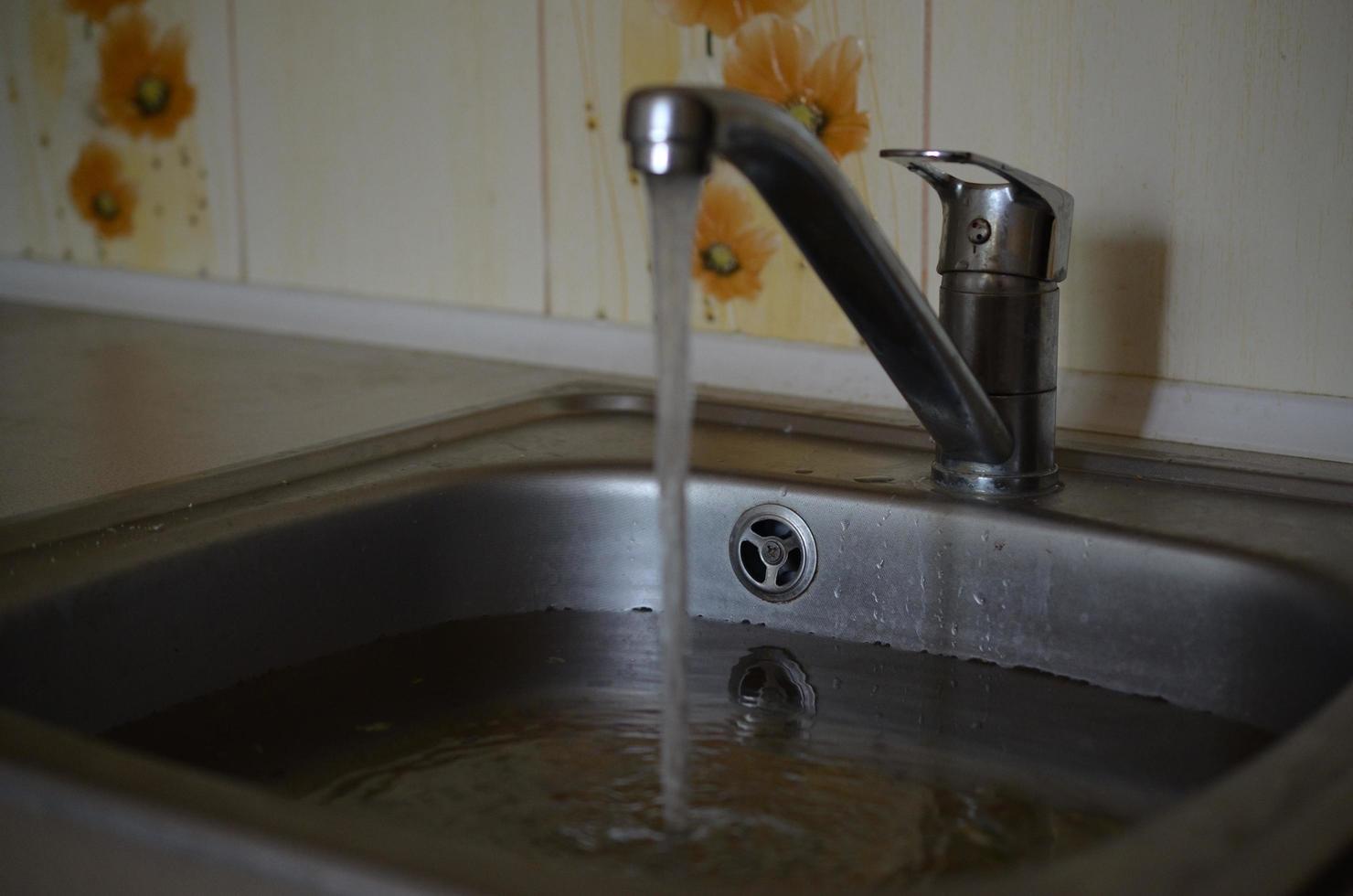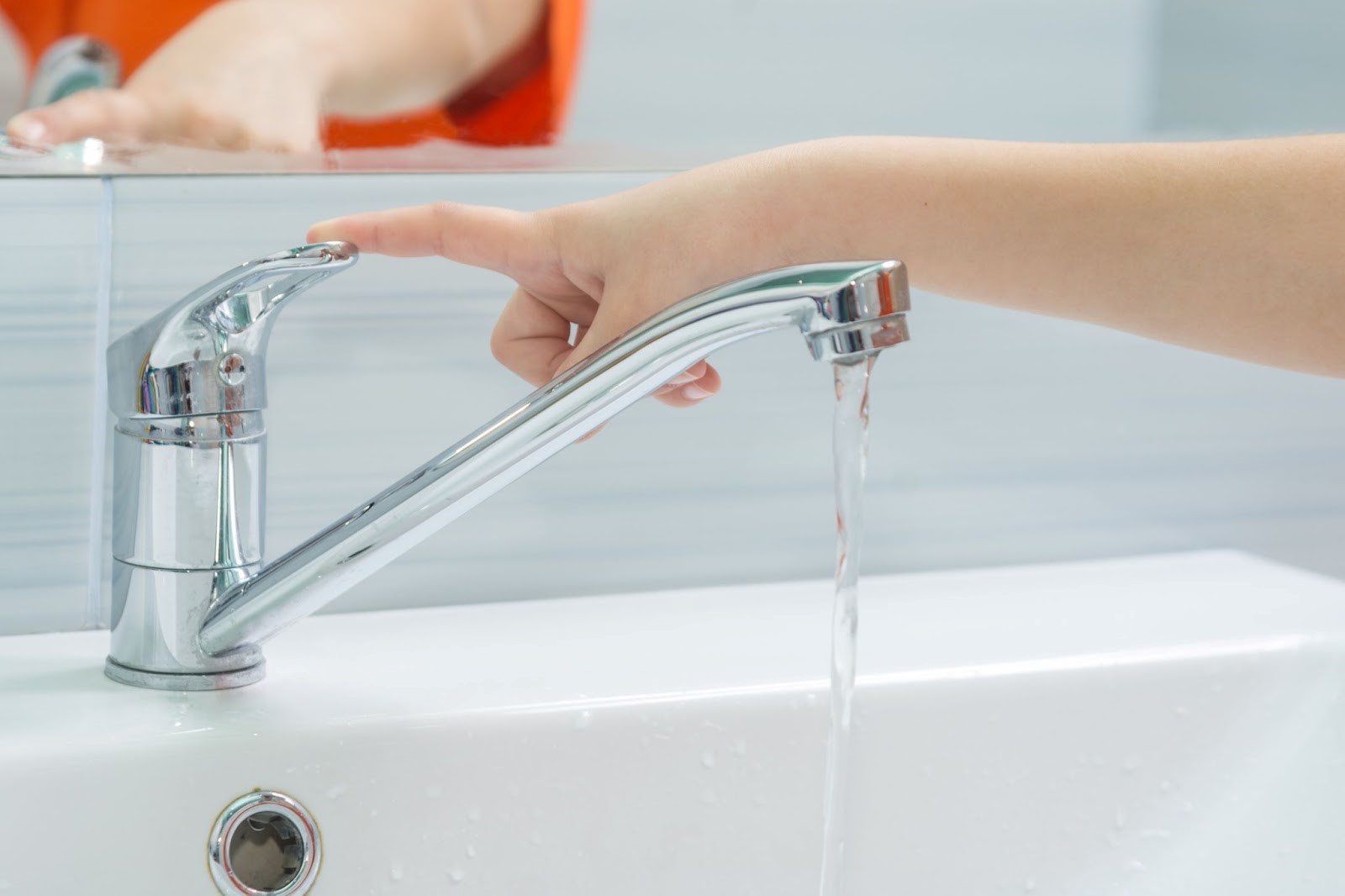This article listed below about 7 Ways To Fix A Slow-Draining Sink Before You Call A Plumber is absolutely interesting. Don't miss out on it.

Intro
We've all been there: You're cleaning your teeth or cleaning your hands, and you notice the water merging in the sink. Rather than rapidly swirling down the tubes, it sticks around, transforming your once-refreshing morning regimen into a miniature overload scene. A slow-draining sink isn't just frustrating; it's typically an indicator of bigger pipes concerns hiding under the surface area. The good news is that many slow-draining sinks can be fixed with a little expertise, a couple of fundamental devices, and some patience. All set to tackle this project head-on? Let's roll up our sleeves and dive right in.
Recognizing the Causes of a Slow-Draining Sink
Before you begin poking around in your pipes, it assists to recognize what may be creating the slowdown. Understanding the root cause makes it simpler to select the best solution.
Tools and Materials You'll Need
The right devices make all the distinction. The good news is, you will not require a fully stocked plumbing's van to finish the job.
Step-by-Step Guide to Repairing a Slow-Draining Sink
Now, let's get into the nitty-gritty. This step-by-step process will certainly guide you via basic strategies to recover your sink's drain.
Step 1: Get Rid Of and Tidy the Stopper
Frequently, the stopper (that small plug you lower to block water) is the first culprit. Remove it thoroughly and clean off any type of hair or substance caught around its base. Rinse it completely before putting it back in position.
Step 2: Use a Plunger to Dislodge Debris
Got that plunger ready? Setting it over the drain and offer it a few firm pumps. The idea is to produce suction that can loosen any clog. If you see littles particles drifting up, you're on the best track.
Action 3: Try a Drainpipe Snake or Cord Hanger
If the bettor doesn't suffice, it's time to highlight the drain snake. Delicately feed it into the drainpipe and twist as you go. You may feel some resistance-- that's likely the blockage. Maintain turning and pulling till you remove the obstruction. If you don't have a drainpipe serpent, an aligned cable hanger can operate in a pinch.
Tip 4: Apply a Do It Yourself Drain Cleanser
An all-natural cleaner made from baking soda and vinegar can break down recurring crud. Put half a mug of baking soda right into the drainpipe, complied with by half a cup of vinegar. Allow it fizz for about 15 minutes, then flush with hot water. This chemical reaction often does wonders for minor obstructions.
Tip 5: Rebuild and Test the Sink
Placed every little thing back with each other and run the tap. Does the water currently swirl down the tubes at a commendable rate? If yes, give on your own a pat on the back. Otherwise, don't anguish-- there are still a few even more dress up your sleeve.
Vital Devices for Do It Yourself Services
A bettor is your best beginning factor. A little, sink-sized plunger develops suction that can displace small clogs. For even more relentless obstructions, a drainpipe snake (in some cases called a plumbing technician's auger) functions wonders. A set of gloves, a flashlight, and perhaps a pair of protective safety glasses are likewise convenient.
Suggested Cleaning Solutions
Moderate meal soap and hot water can aid break down greasy accumulation. A mixture of baking soda and vinegar is a tried and true natural home remedy, and enzymatic cleansers offer a more eco-friendly technique. Maintain chemical drainpipe cleaners as a last resource, as they can be harsh on your pipes.
Typical Perpetrators Behind Slow Drain
So, what's blocking things up? Commonly, it's a mix of daily debris-- believe hair, soap residue, toothpaste deposit, and remaining food particles. With time, these little bits gather and cling to the pipe wall surfaces, gradually tightening the flow and making it harder for water to go through. In some cases, natural resource from hard water can additionally contribute to the crud, producing the perfect tornado for persistent clogs.
When is it Time to Act?
If you notice the water draining pipes slower than usual, it's a good concept to step in sooner instead of later on. Waiting too long could cause finish obstructions, undesirable smells, or perhaps pipe damage. If the water takes greater than a couple of secs to clear out after turning off the faucet, consider it a warning and prepare to put on your DIY hat.
Safety First: Precautions and Prep work
Before you launch into unclogging setting, think of safety and security. You're taking care of potentially filthy water and debris, so slip on a pair of handwear covers. If you're utilizing chemical cleansers, make certain the area is well-ventilated and comply with the directions on the tag.
Safety Gear and Work Space Configuration
Lay down some old towels or dustcloths around the sink location to catch dashes. Remove any products that could get in your way, like soap dispensers or tooth brush holders. Make certain you have good illumination-- order a flashlight if required.
Alternative Techniques for Stubborn Clogs
Not all clogs are produced equivalent. If your sink still rejects to cooperate, think about these different solutions.
Sodium Bicarbonate and Vinegar Approach
We already discussed this, yet it's worth keeping in mind again. This gentle, environmentally friendly technique is more secure than chemical cleaners and often rather efficient.
Enzymatic Drain Cleansers
Enzyme-based cleansers make use of all-natural germs to absorb raw material. They're an excellent selection if you're aiming to stay clear of extreme chemicals. Just keep in mind, they may take a bit longer to function their magic.
Chemical Drain Cleaning Company: Pros and Cons
Chemical cleansers can blow up through hard clogs quick, but they're not without disadvantages. They can produce heat and fumes, damage pipes if made use of exceedingly, and present environmental threats. Use them moderately, and always follow the instructions very carefully.
Safety Nets to Keep Your Sink Flowing
Prevention is the best treatment. By taking on a couple of straightforward behaviors, you can maintain your sink from reducing to begin with.
Routine Cleaning Routines
Clean down the sink basin and fixture area consistently. Remove hair or food fragments prior to they have a possibility to wash down the drain.
Preventing Damaging Substances Away
Hesitate prior to unloading coffee premises, oil, or coarse veggie scraps down the sink. These culprits hold on to pipeline wall surfaces, creating clogs over time.
Regular Maintenance Checks
Schedule a quick regular monthly evaluation. Run hot water via the sink for a couple of minutes, focusing on the flow. If it appears sluggish, act quickly before it comes to be a full-blown obstruction.
When to Call a Professional Plumbing
Sometimes, no matter just how hard you attempt, that clog simply won't budge. That's when it's time to generate the pros.
Signs That Show an Extra Serious Issue
If your sink drains pipes slowly despite multiple attempts, or if you discover water supporting in other fixtures (like your shower or commode), you might have a much more severe pipes problem prowling much deeper in the system.
Balancing DIY Efforts with Professional Assistance
While DIY can save you money and offer a sense of success, there's no embarassment in calling a specialist. A specialist plumbing professional can assess your entire plumbing setup, making certain there's no underlying damages or long-lasting issue that could cost you more later on.
Comparing Prices and Long-Term Solutions
Before making a decision, think about the big picture. A low-cost, quick fix may address the issue briefly, but buying an extra long-term solution can save you cash and stress over time.
Evaluating the Expenditures of DIY vs. Professional Repairs
Do it yourself repairs usually cost little bit more than the price of a plunger or a container of baking soft drink. Expert services, on the other hand, come with a cost however might avoid repeated concerns and pricey repair work later.
Purchasing Quality Fixtures and Upgrades
If your sink's design adds to frequent obstructions, it could be worth updating to higher-quality components or changing the pipes layout. Consider this a financial investment in your home's functionality and convenience.
Conclusion
A slow-draining sink can seem like a minor inflammation, yet it's usually a sign that your pipes requires a little tender loving care. By understanding the source, using the right tools and techniques, and dedicating to basic safety nets, you can keep your sink flowing freely. And when all else stops working, never think twice to call a specialist-- your home's pipes deserves the financial investment in treatment and maintenance.
Three Common Ways to Fix a Slow Drain
Baking Soda Method
Boil a full pot of water. Measure out cup of baking soda and pour it down the drain. Then take cup of the magical cleansing substance known as white vinegar and drop that down there too. Allow the mixture to fizz in the drain for five minutes as the vinegar and baking soda combine. Now dump in that whole pot of boiling water. This combination of cleaning substances should clear out anything that is causing your sink to drain slowly. If it doesn t...
Zip-It
If the baking soda method doesn t clear out your drain, it may be because a significant amount of hair and/or other debris has collected there and you need to remove it. Purchase a Zip-It tool at any home improvement or hardware store and insert it into your drain. It will catch any collected hair or debris that s blocking the flow of water. Pull it out. If it s got a big clump of hair, etc. on the end, you ve probably got your culprit.
Drain Cleaner
If these methods don t work, there is the standard drain cleaner that you can also buy in a hardware store or even your local grocery store. It s better if you can use a household solution, but these drain cleaners often work in a pinch. They re very simple to use. You generally just dump them in your drain and wait. If even this method is not effective, it may be time to call the plumber.
https://www.mrrooter.com/oneida/about-us/blog/2017/july/three-common-ways-to-fix-a-slow-drain/

Do you enjoy reading about 7 Ways To Fix A Slow-Draining Sink Before You Call A Plumber? Write a remark below. We would be pleased to know your reactions about this piece. Hoping to see you back again before long. Are you aware of someone else who is in to the topic? Feel free to share it. Thank you for going through it.
Call Today